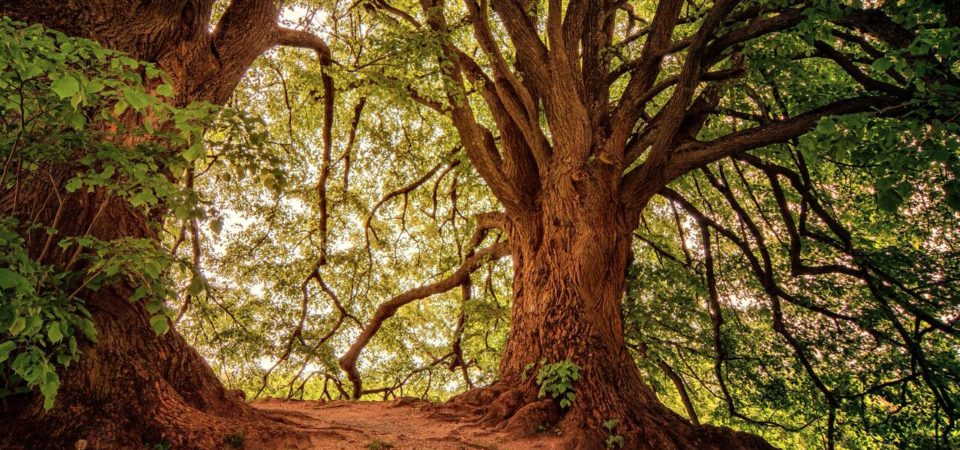Item Link: Access the Resource
Publication Info: https://doi.org/10.1111/brv.12290
Date of Publication: July 7
Year of Publication: 2017
Publication City: Hoboken, NJ
Publisher: Wiley
Author(s): David B. Lindenmayer, William F. Laurance
Journal: Biological Reviews
Volume: 92
Pages: 1434–1458.
Abstract
Large old trees are some of the most iconic biota on earth and are integral parts of many terrestrial ecosystems including those in tropical, temperate, and boreal forests, deserts, savannas, agroecological areas, and urban environments. In this review, we provide new insights into the ecology, function, evolution, and management of large old trees through broad cross-disciplinary perspectives from literature on plant physiology, growth, and development, evolution, habitat value for fauna and flora, and conservation management.
Our review reveals that the diameter, height, and longevity of large old trees vary greatly on an inter-specific basis, thereby creating serious challenges in defining large old trees and demanding an ecosystem- and species-specific definition that will only rarely be readily transferable to other species or ecosystems. Such variation is also manifested by marked inter-specific differences in the key attributes of large old trees (beyond diameter and height) such as the extent of buttressing, canopy architecture, the extent of bark micro-environments, and the prevalence of cavities.
We found that large old trees play an extraordinary range of critical ecological roles including in hydrological regimes, nutrient cycles, and numerous ecosystem processes. Large old trees strongly influence the spatial and temporal distribution and abundance of individuals of the same species and populations of numerous other plant and animal species.
We suggest many key characteristics of large old trees such as extreme height, prolonged lifespans, and the presence of cavities – which confer competitive and evolutionary advantages in undisturbed environments – can render such trees highly susceptible to a range of human influences. Large old trees are vulnerable to threats ranging from droughts, fire, pests, and pathogens, to logging, land clearing, landscape fragmentation, and climate change. Tackling such diverse threats is challenging because they often interact and manifest in different ways in different ecosystems, demanding targeted species- or ecosystem-specific responses.
We argue that novel management actions will often be required to protect existing large old trees and ensure the recruitment of new cohorts of such trees. For example, fine-scale tree-level conservation such as buffering individual stems will be required in many environments such as in agricultural areas and urban environments. Landscape-level approaches like protecting places where large old trees are most likely to occur will be needed. However, this brings challenges associated with likely changes in tree distributions associated with climate change, because long-lived trees may presently exist in places unsuitable for the development of new cohorts of the same species.
Appropriate future environmental domains for a species could exist in new locations where it has never previously occurred. The future distribution and persistence of large old trees may require controversial responses including assisted migration via seed or seedling establishment in new locales. However, the effectiveness of such approaches may be limited where key ecological features of large old trees (such as cavity presence) depend on other species such as termites, fungi, and bacteria. Unless other species with similar ecological roles are present to fulfill these functions, these taxa might need to be moved concurrently with the target tree species.
Read the full paper here.

